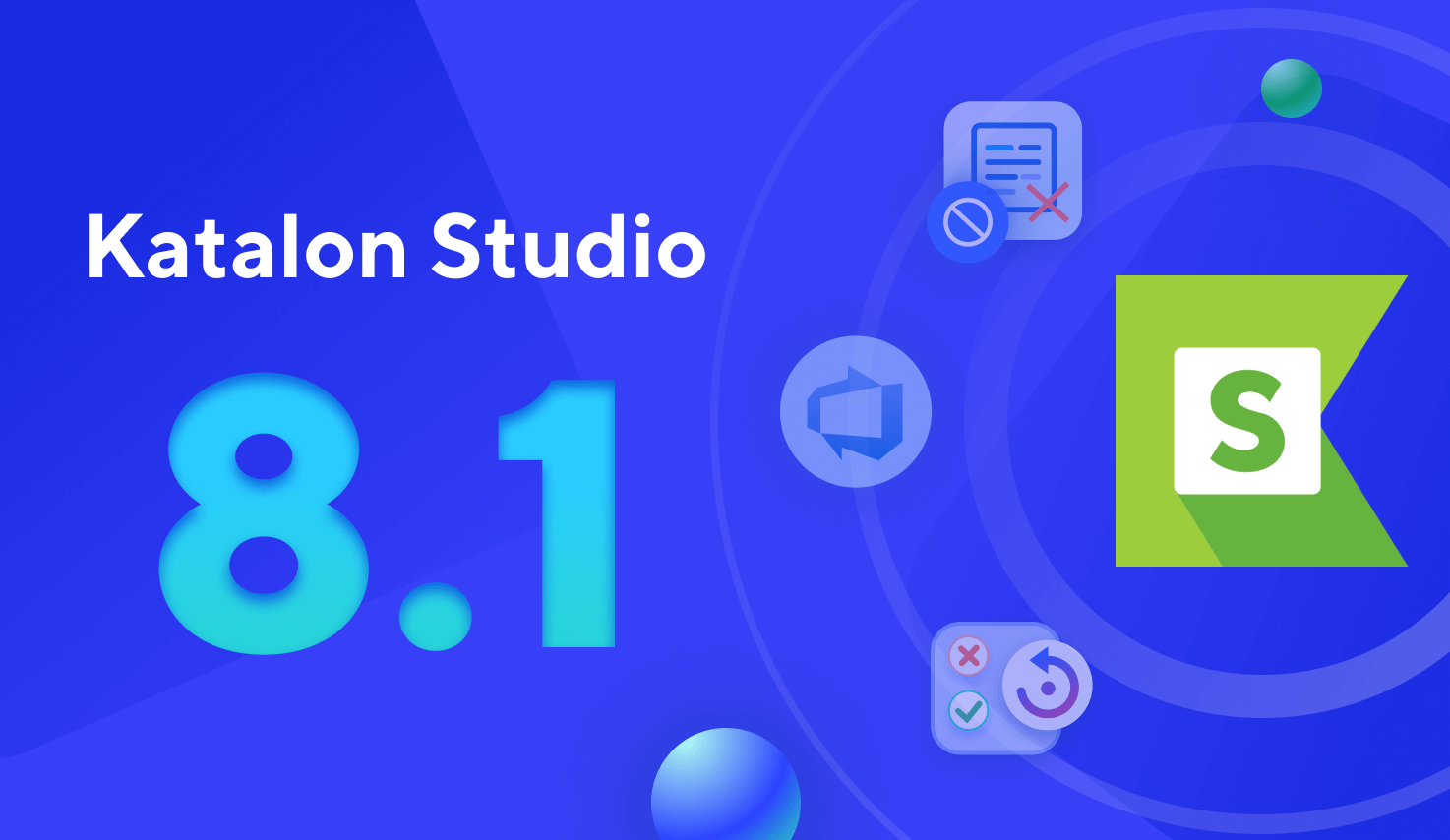

It would be convenient to set a profile as your default one in every execution of a project. You may have multiple profiles for executing your tests, for instance, staging and production profiles. Other profiles can either inherit or override the global variables stored in the default one. Introduced in v7.4.2, you can set a default profile at the project level.Ī default profile is considered as a place to comprise commonly used global variables. To conduct, copy and paste the variables list from one profile to another. In the Script view, profiles are in sync once a similar list of Global Variables is required for testing different environment types. Depending on the project needs, you can create as many profiles as you want to. In the Script view, an XML editor is available for adding variables via script. The variable is added to the profile accordingly.Įxecution profile is provided with Manual view and Script view. In the New Variable dialog, specify details for the variable > click OK. You need to define a profile's content by adding Global variables. Like other test artifacts, you can CRUD the Execution Profile in the Tests Explorer. You can configure the testing environment in terms of data and behaviors through Global variables. Global Variables and Execution Profile Execution ProfileĮxecution Profile helps cover multiple and different environments to execute your automation test scripts with ease.


 0 kommentar(er)
0 kommentar(er)
